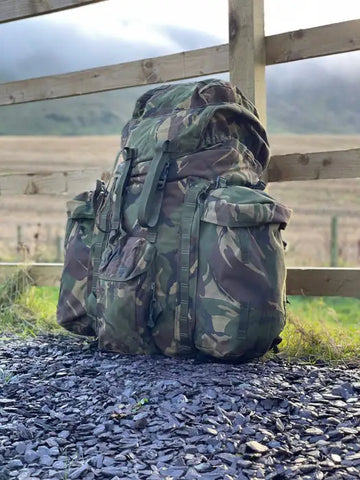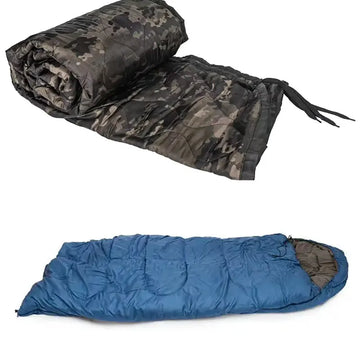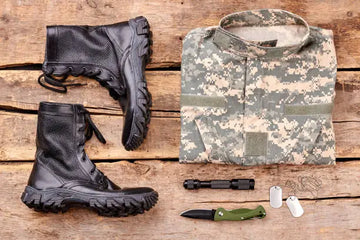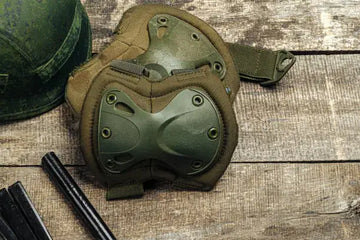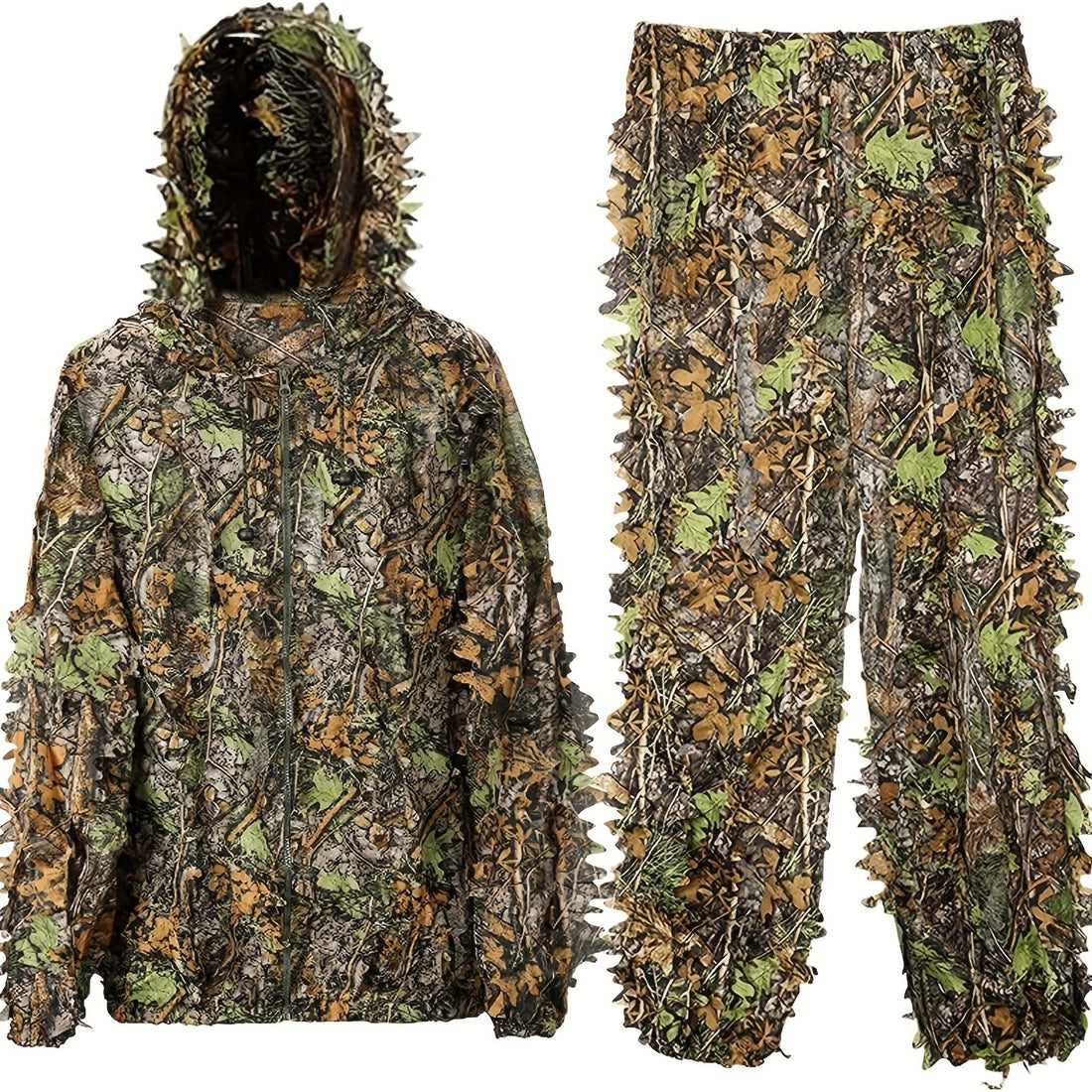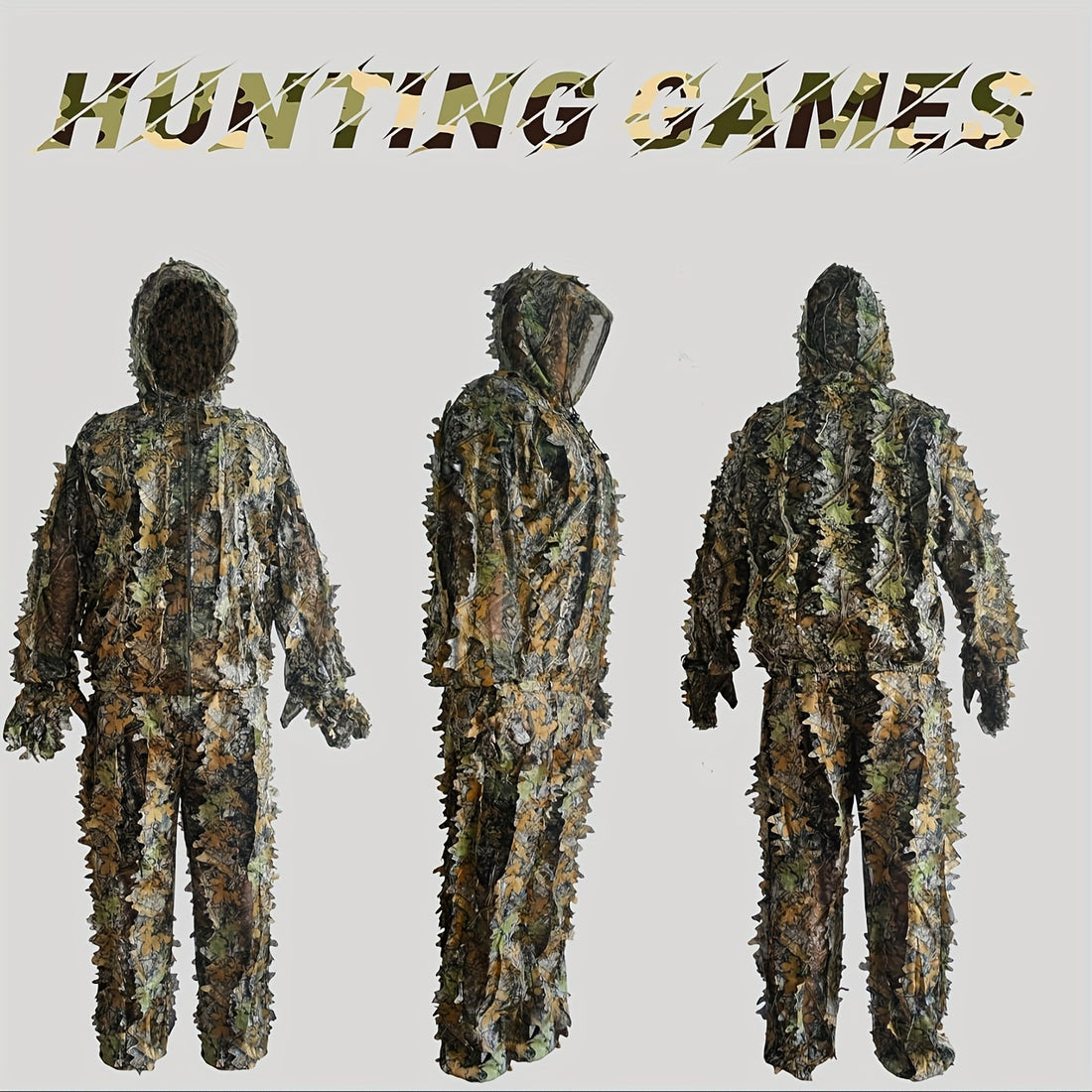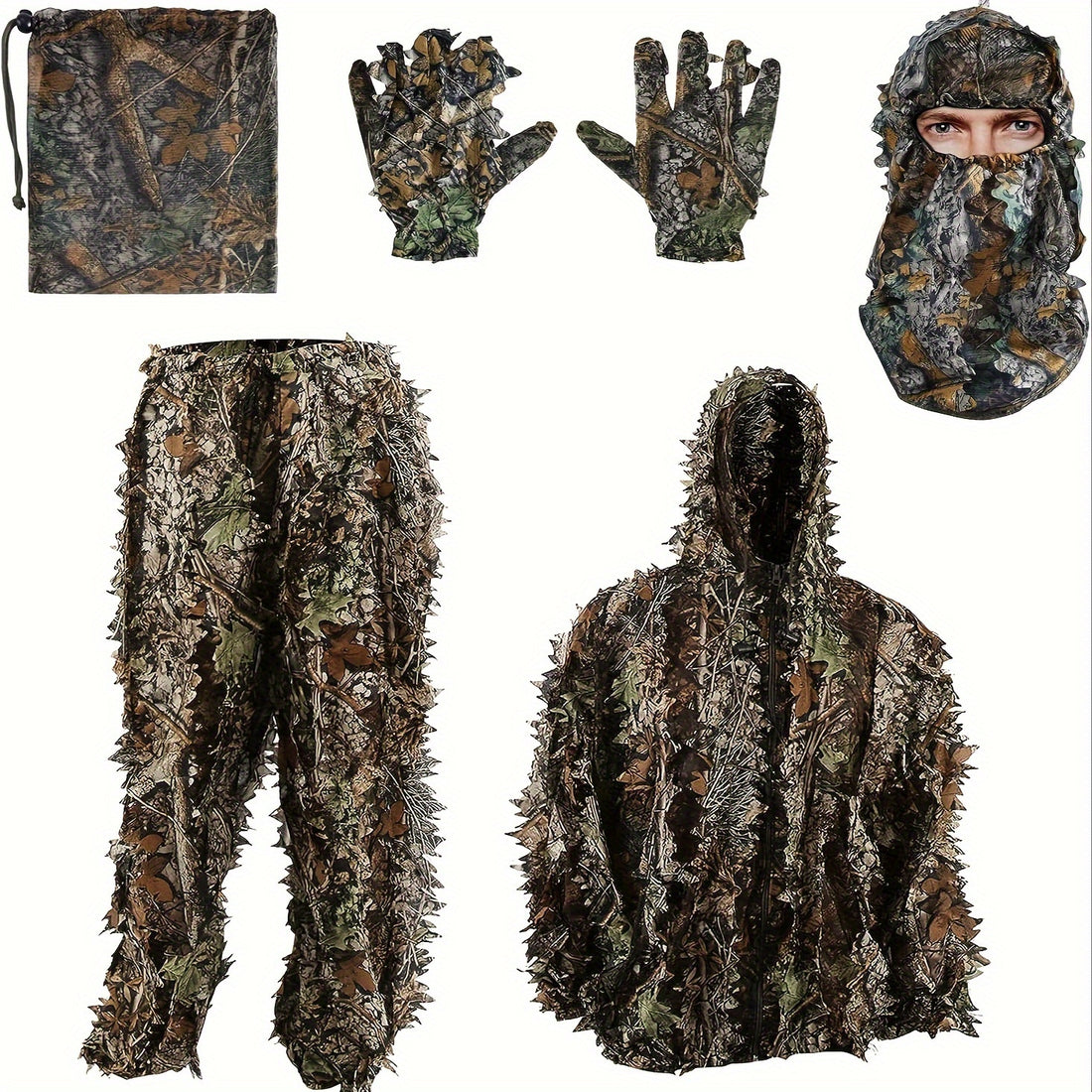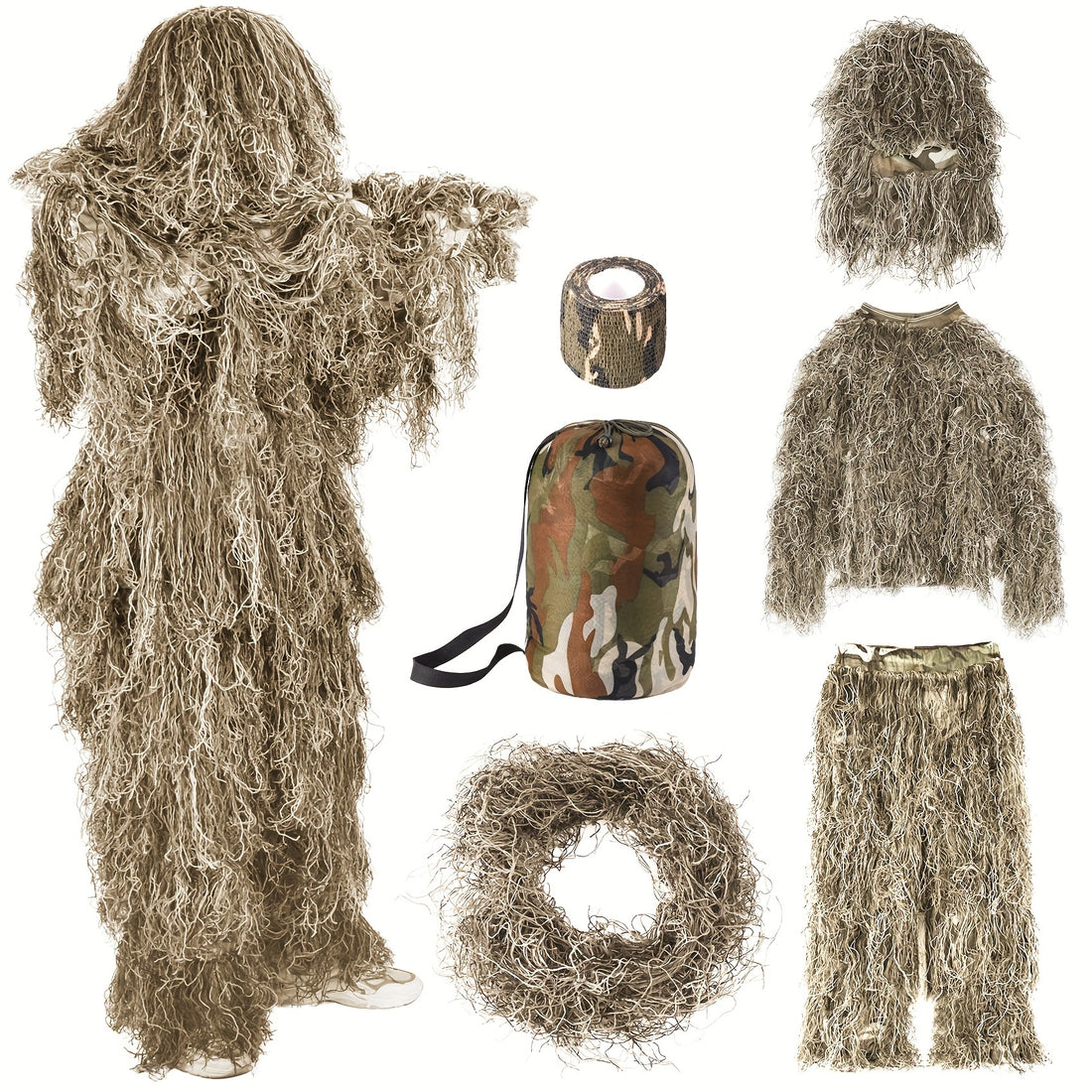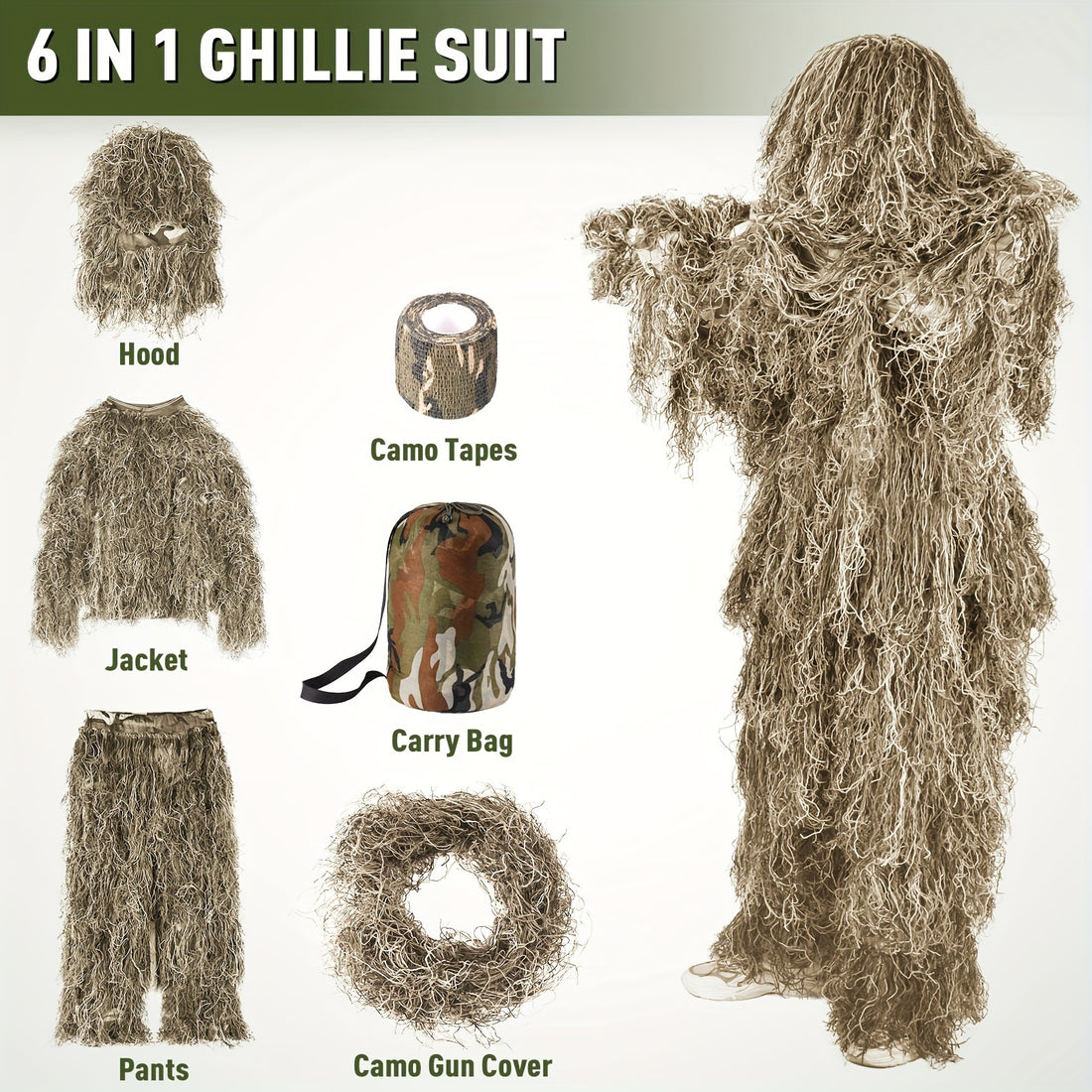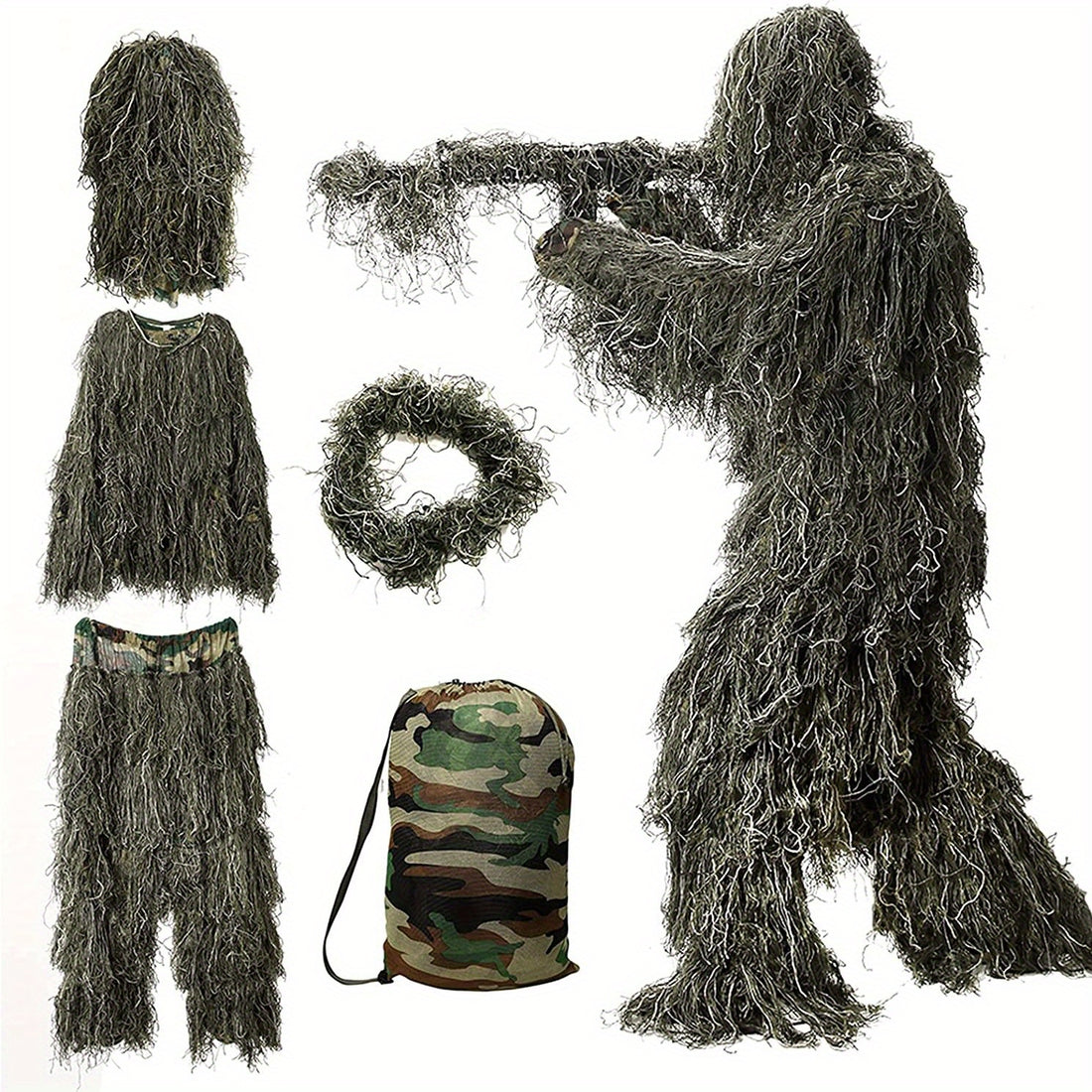Picture a world without bags—no backpacks stuffed with books, no suitcases rolling through airports, no pouches jingling with keys. These unassuming objects are more than mere containers; they’re companions woven into the fabric of our lives.
From ancient hunters hauling kills in animal hides to modern trekkers with sleek hydration packs, the evolution of portable storage mirrors human ingenuity, culture, and necessity.
In this exploration, we’ll unpack the rich history behind terms like backpack, rucksack, and haversack—and reveal how the bag you carry whispers volumes about who you are.
Historical Roots: From Sacks to Survival
Long before Velcro or Gore-Tex, our ancestors fashioned sacks from whatever nature provided—animal skins, woven reeds, or coarse cloth. The haversack, a term rooted in the German Habersack (“oat sack”), emerged in the 17th century as a soldier’s lifeline, cradling rations like oats and jerky. Simple, rugged, essential.
By the 18th century, the knapsack—from the German Knappen (tied to eating or snapping shut)—gained traction among European troops and wanderers. Crafted from canvas or leather, it slung food, tools, and mementos over the shoulder.
Fast-forward to World War II: soldiers relied on paratrooper packs with quick-release straps for airborne missions—a design still used in modern tactical gear.
Regional Variations: A Tale of Two Terms
Rucksack vs. Backpack
Why do Americans grab a backpack while Brits heft a rucksack? Both describe a bag worn on the back, yet their roots diverge. Rucksack—from German Rücken (back) and Sack (bag)—carries the weight of Central Europe’s alpine traditions. Backpack, a blunt American coinage, surged in the 20th century, as practical as apple pie.
The quirks multiply across borders:
- In Australia, rugged hikers sling a Bergen, named for a British military pack.
- Japanese schoolchildren use the iconic randoseru, a rigid leather satchel steeped in nostalgia.
- Cyclists everywhere clip on panniers—from the French for “basket”—to pedal with ease.

Function Dictates Form: Bags for Every Purpose
1. Outdoor Adventures
Scaling peaks or paddling rapids demands gear that endures. The hydration pack, with its sipping tube and water bladder (think CamelBak), keeps explorers quenched. Dry bags of waterproof PVC shield electronics from splashes, while mountaineering packs—bristling with ice axe loops and burly frames—tame the wild.
2. Urban Life
City streets call for style with substance. The messenger bag, born of bike couriers, slings across the chest for quick grabs. Sling bags pare storage to the essentials, and daypacks (like Herschel’s) tuck laptops into sleek, compact shells.
3. Work & Trade
For laborers, bags are workhorses. Construction crews haul toolbags with reinforced straps and deep pockets. Riggers bags, built for airline mechanics, shrug off grease and grit. Farmers and cyclists lean on panniers to tote tools or harvests.
Fashion Meets Utility: From Practical to Status Symbol
Once purely functional, bags are now fashion statements. Consider:
-
Designer rucksacks: Brands like Fjällräven and Eastpak turned basic backpacks into trendy accessories.
-
Vintage satchels: Leather school bags, once utilitarian, now ooze scholarly charm.
- Fanny packs reborn: Renamed “belt bags,” they’ve gone luxe with Gucci’s stamp.
Even MOLLE webbing—those modular military straps—threads through streetwear swagger.

Modern Innovations: Smart, Sustainable, and Lightweight
Today’s bags fuse brains with conscience:
-
Smart backpacks: USB ports, GPS trackers, and anti-theft locks (see Targus) cater to the connected.
-
Sustainable materials: Brands like Patagonia use recycled plastic bottles or ocean waste to make packs.
- Ultra-light designs: Thru-hikers hoist Hyperlite Mountain Gear packs, barely tipping 2 pounds.
Even 3D-printed bags, molded to your frame, tease a bespoke future.
Check out out tactical bag collection
Cultural Symbolism: Bags as Metaphors
Bags carry meaning beyond their contents:
- A backpack screams freedom—gap years and open roads.
- A briefcase nods to boardrooms; a messenger bag to artists’ lofts.
- In the military, a seabag cradles a sailor’s world at sea.
- In Japan, the randoseru—gifted on a child’s first school day—stands as a rite since the 1800s.

Randoseru
Conclusion: Every Journey Has Its Bag
From oat-stuffed sacks to solar-charged packs, bags have tracked our strides through time. They whisper of battles fought, jobs tackled, and trails blazed. Student with a bookbag, cyclist with panniers, trendsetter with a belt bag—your pick mirrors your path.
Next time you hoist a strap, pause. You’re not just carrying gear—you’re shouldering centuries of human story.


